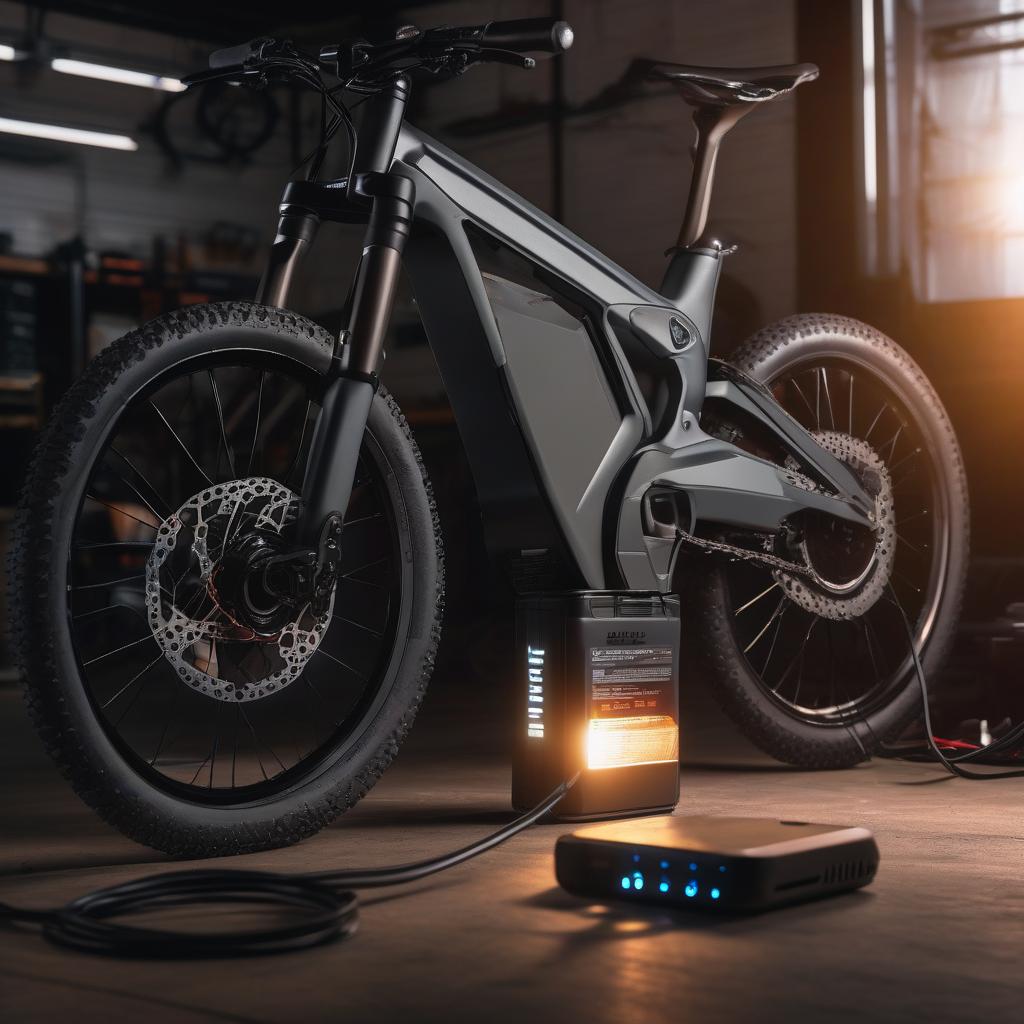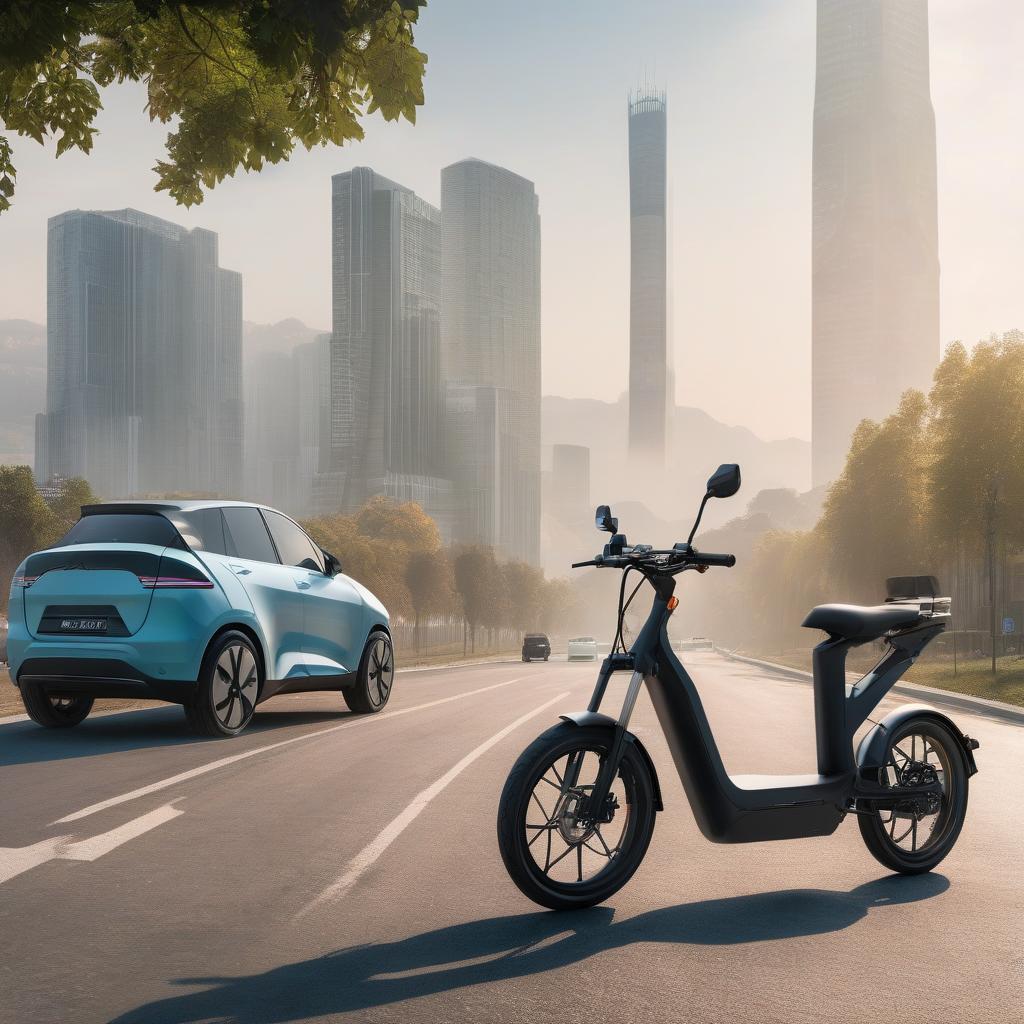Ebike classes define the level of assistance that electric motors provide while riding. This classification impacts everything from where you can ride them—such as bike lanes or shared paths—to speed limits and whether you need a license or registration.
Class 1 Ebikes
Definition: Class 1 ebikes are pedal-assist bikes that provide electric support only when the rider is pedaling. The motor will stop assisting once the bike reaches 20 mph (32 km/h).
Key Features:
- Pedal Assist: The motor activates in response to pedaling, offering a natural cycling experience.
- Speed Limit: Assistance cuts off at 20 mph, aligning them with standard bike regulations.
- Restrictions: Class 1 ebikes are allowed on bike paths and multi-use trails in many areas but may not be permitted on some motorized vehicle trails.
Ideal For:
- Riders looking for a traditional biking experience enhanced by electric assistance.
- Urban commuters navigating through city traffic and bike lanes.
Class 2 Ebikes
Definition: Class 2 ebikes are also equipped with a motor that can assist the rider, but they feature a throttle as an additional mode of control. This means the bike can be powered without pedaling, similar to a scooter.
Key Features:
- Throttle Control: Riders can engage the motor with a throttle, providing a boost without the need to pedal.
- Speed Limit: Like Class 1, assistance also cuts off at 20 mph.
- Usage: Class 2 ebikes can be used on bike paths but may have restrictions similar to Class 1 in certain areas.
Ideal For:
- Riders who prefer the option of riding without pedaling, perfect for those who may have mobility issues or want a more relaxed riding experience.
- Short-distance travel or errands where quick and easy transport is needed.
Class 3 Ebikes
Definition: Class 3 ebikes are high-speed electric bikes that can reach up to 28 mph (45 km/h) with pedal assistance. Some Class 3 models may also include a throttle, allowing for more versatile riding options.
Key Features:
- Pedal Assist and Throttle: Offers pedal assist that activates while pedaling, and many models provide the option for throttle control for easier starts.
- Speed Limit: Assistance can continue up to 28 mph, making them the fastest ebike category.
- Designated Paths: Some regions may restrict Class 3 ebikes from bike paths, allowing them only on roadways.
Ideal For:
- Experienced riders looking for a high-performance option for commuting or long-distance cycling.
- Those who ride on larger streets with fast-moving traffic and require additional speed for safety.
Key Differences Between Class 1, Class 2, and Class 3 Ebikes
| Feature | Class 1 | Class 2 | Class 3 |
|---|---|---|---|
| Motor Activation | Pedal assist only | Throttle and pedal assist | Pedal assist and throttle (varies by model) |
| Maximum Speed Limit | 20 mph (32 km/h) | 20 mph (32 km/h) | 28 mph (45 km/h) |
| Usage on Bike Paths | Allowed in most areas | Allowed in most areas | May have restrictions |
| Licensing/Registration Needs | Typically not required | Typically not required | May vary by state |
Final Thoughts
Choosing the right ebike class depends on individual needs and preferences. Class 1 ebikes are excellent for those who enjoy a more traditional cycling experience, while Class 2 ebikes offer the convenience of throttle control for quick rides. Class 3 ebikes appeal to high-speed enthusiasts seeking performance and versatility. It’s essential to check local regulations to ensure compliance and to select the perfect ebike that suits your lifestyle and riding environment.
Whether you’re commuting to work, enjoying a leisurely ride, or tackling challenging trails, understanding ebike classifications will help you make an informed choice, ensuring an enjoyable and safe riding experience. As you explore the ebike market, keep these classes in mind to find the perfect match for your cycling journey!


